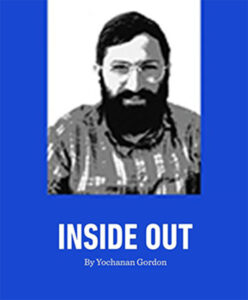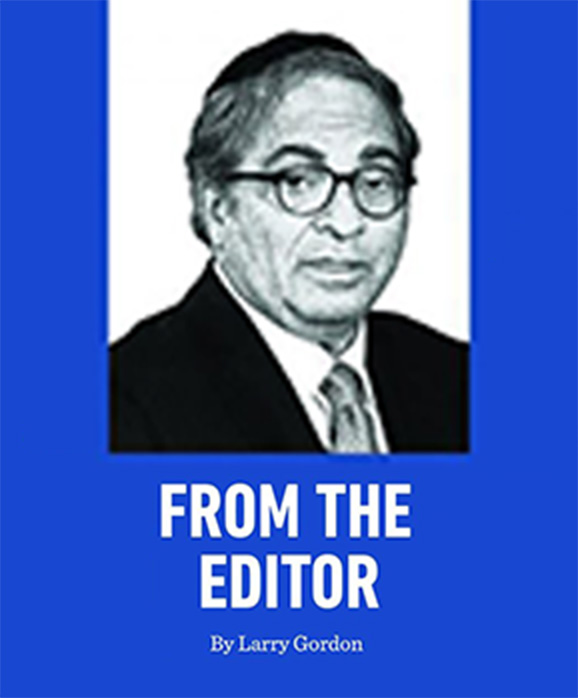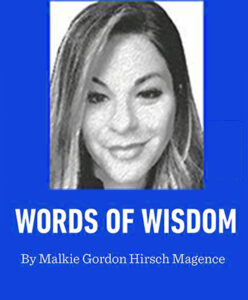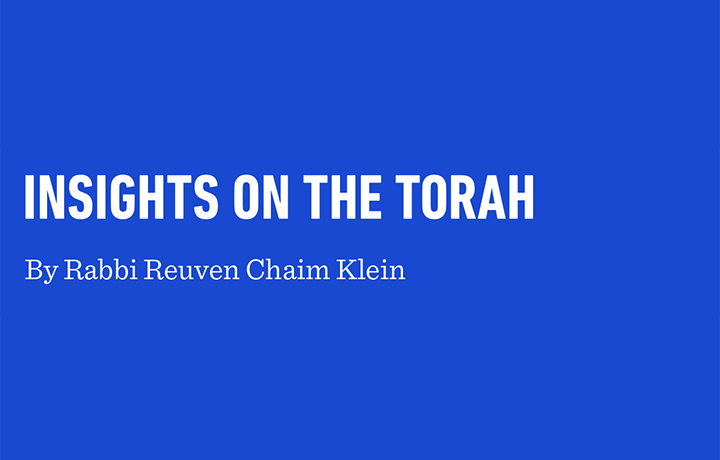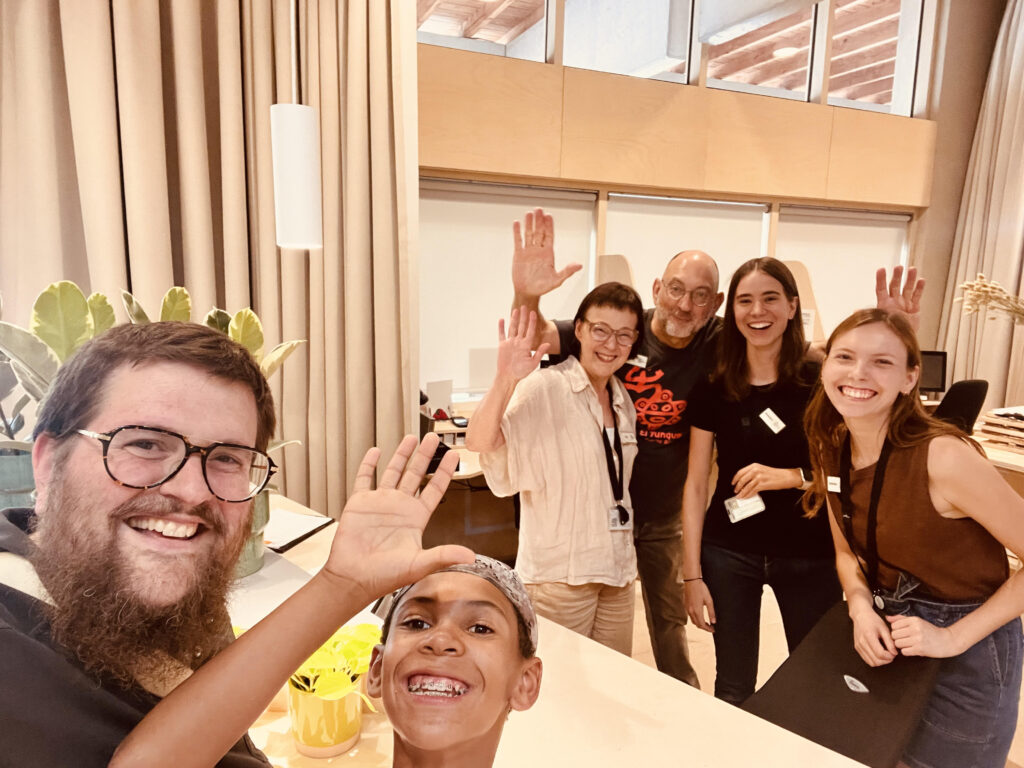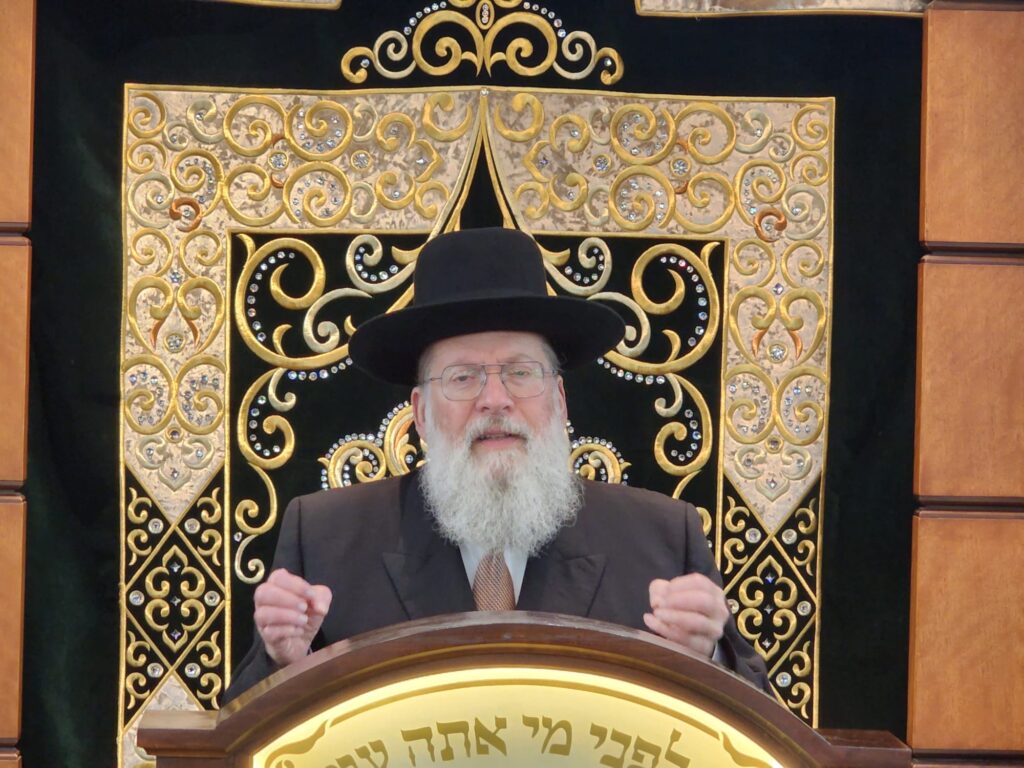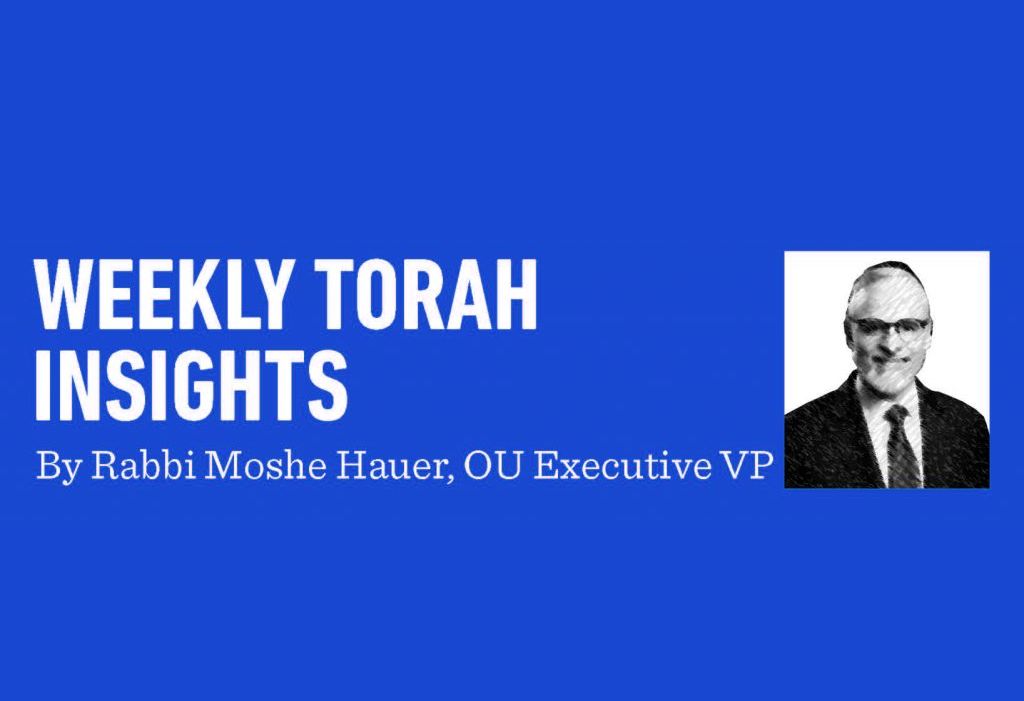Chew That
The contextual hook for this week’s essay relates to a scene from Parashat Behaalotecha of physical indulgence gone awry. When the Israelites complained about their monotonous manna diet and begged Moses for meat, Hashem responded with a miraculous storm of slav birds (often identified as quail) from which the Jews were allowed to partake. Yet, while the meat was still “between their teeth” (Num. 11:33), a Divine plague struck down many of those who had feasted on the fowl treat. This haunting image of a Divine plague arriving post-mastication serves as our point of departure for exploring two words in Rabbinic Hebrew that refer to the act of “chewing/masticating”: kesisah (the verbal noun for koses) and le’isah (the verbal noun for lo’es). As always with this series, we take two similar Hebrew words that seem synonymous and try to tease out their subtle differences in connotation and/or etymology. And the case in question is a fascinating instance of nuanced synonymy in Hebrew that has not been widely explored.
At the very beginning we should note an unusual lacuna in Biblical Hebrew: There is no single word that explicitly means “chewing.” Indeed, even the iconic Biblical phrase “chews its cud” (ma’aleh geirah) used in the context of identifying kosher animals (Lev. 11:3–7, Deut. 14:6–8) literally means “brings up the cud”—not chewing, per se. Thus, the verbs koses and lo’es are both Rabbinic Hebrew terms for “chewing,” yet neither term appears in the Bible.
The Talmud (Brachot 37a) uses the verb koses to describe how one who “chews” raw wheat or rice should recite the blessing borei pri ha’adamah, rather than borei minei mezonot. Likewise, the Tosefta (Brachot4:6–7, cited in the Talmud there), uses the verb koses when stating that one who “chews” wheat or rice should recite borei minei zeraim (an opinion that is not accepted in halachah). Similarly, elsewhere, the Mishnah (Nedarim 6:10) and Tosefta (Nedarim 3:7) discusses whether a person who has foresworn tasting wheat is only prohibited from eating regular wheat-based goods, or is even forbidden from simply “chewing” (la’chus) raw wheat.
The Talmud (Brachot 36b, Yoma 81a) uses the term kas to describe a person “chewing” pepper or ginger on Yom Kippur (which, according to Rava, is not Biblically considered “eating” on Yom Kippur as long as the pepper or ginger was dry). Likewise, Abaye describes himself as being so hungry after a lavish meal that he was ready to eat [koses] the plate on which the food was served (Megillah 7b). In that context, Rashi (to Megillah 7b) explains that the term kesisah refers to any abnormal or non-standard way of eating something (see also Maharasha there who suggests that perhaps the plate in question was made of something edible).
The Talmud (Ketubot 77a) relates that one time, Rabbi Elazar said a halachah with which Shmuel disagreed, and Shmuel commented that Rabbi Elazar should be fed barley like an animal because there is no substance to the ruling he relayed. In relating this anecdote, the Talmud uses an inflection of koses to denote giving Rabbi Elazar food to eat, and Rashi (there) explains that anytime one eats in an unnatural way, that act is called koses. Rashi repeats this assertion about kas/koses in a few other places (to Brachot 36b, Yoma 81a, Chullin 15a).
In another context, Rashi offers a slightly different definition of koses: The Talmud (Beitzah 26b) attempts to bring a proof that something cannot become muktzeh for only part of a day from the fact that on yomtov one may cook lentils and beans. Before one put them into a pot of boiling water, those legumes were suitable for consumption by way of koses, but once they are put into boiling water they seemingly become muktzeh(because they cannot be eaten while boiling hot) and yet after they are cooked and have cooled down, they revert to their non-muktzeh status. While the Talmud ultimately rejects this proof, Rashi nonetheless explains that regarding any food that can be eaten raw, when one does so, this act is called koses.
Several philologists like Dr. Asher Weiser and Rabbi Yaakov Yehudah Zilberberg (Di Kasif) connect the Rabbinic Hebrew root kaf-samech-samech with the Biblical Hebrew root kuf-samech-samech, which appears once in the context of “cutting down/destroying” (yikoses) the fruits of a metaphoric tree (Ezek. 17:9). Rashi (to Ezek. 17:9) connects kuf-samech-samech with the root kuf-tzadi-tzadi (kotzetz, “cutting”) based on the interchangeability of samech and tzadi, while Mahari Kara (there) connects kuf-samech-samech with the rootkaf-tav-tav (kotet, “smashing”), based on the interchangeability of kuf and kaf and the interchangeability ofsamech and tav. Turning to the classical lexicographers, the triliteralist lexicographers like Ibn Janach and Radak see that root of yikoses as triliteral (kuf-samech-samech), while the biliteralist Menachem Ibn Saruk (in Machberet Menachem) sees the root as the two-letter string kuf-samech.
Implicitly following that latter approach, Rabbi Shlomo Pappenheim in his biliteralist work CheshekShlomo discusses the two-letter root kuf-samech, whose core meaning he defines as “a cut tube.” The way he sees it, the term Biblical yikoses focuses on the “cutting” aspect of that meaning. Other words that he connects to this root focus on the tubular aspect of the root, including keset (“pen/stylus,” see Ezek. 9:2, 9:11), kesem(“magic stick/wand” or magical writings written with a keset), and kisam (“toothpick”). Those words refer to tubes cut along their length. The Shulchan (“Table”) in the Tabernacle/Temple had kesavot (Ex. 25:29, Num. 4:7) which were tubes cut along their width upon which the shewbread rested. Rabbi Pappenheim also sees the Biblical Hebrew word kaskeset (“scales” used to identify kosher fish, or “dandruff” in Modern Hebrew) as also related to this root. n
This article has been excerpted from its original. To read the full article, visit 5TJT.com.
Rabbi Reuven Chaim Klein is an author and freelance researcher based in Beitar Illit. He studied in Yeshiva Gedolah of Los Angeles, the Mir Yeshiva in Jerusalem, and Beth Medrash Govoha of America in Lakewood, and received semichah from leading rabbis. He also holds an MA in Jewish Education from Middlesex University/London School of Jewish Studies. Rabbi Klein authored two popular books that were published by Mosaica Press, as well as countless scholarly articles published in various venues. His articles on Hebrew synonyms are commissioned by Yeshivas Ohr Somayach in Jerusalem and have appeared on their website since 2016.
